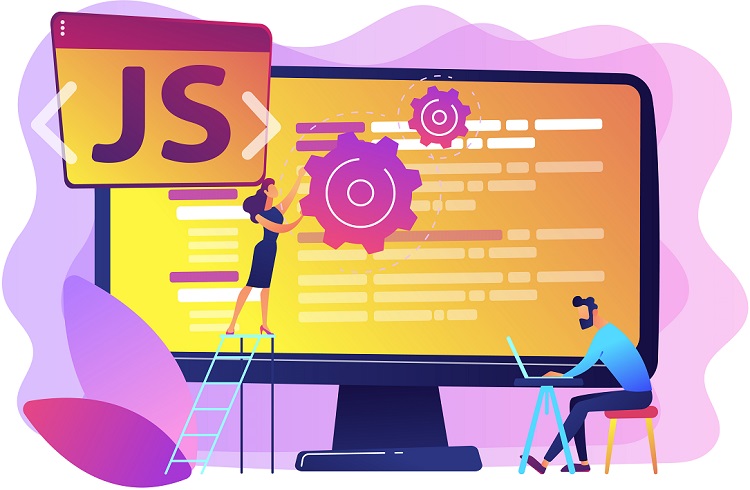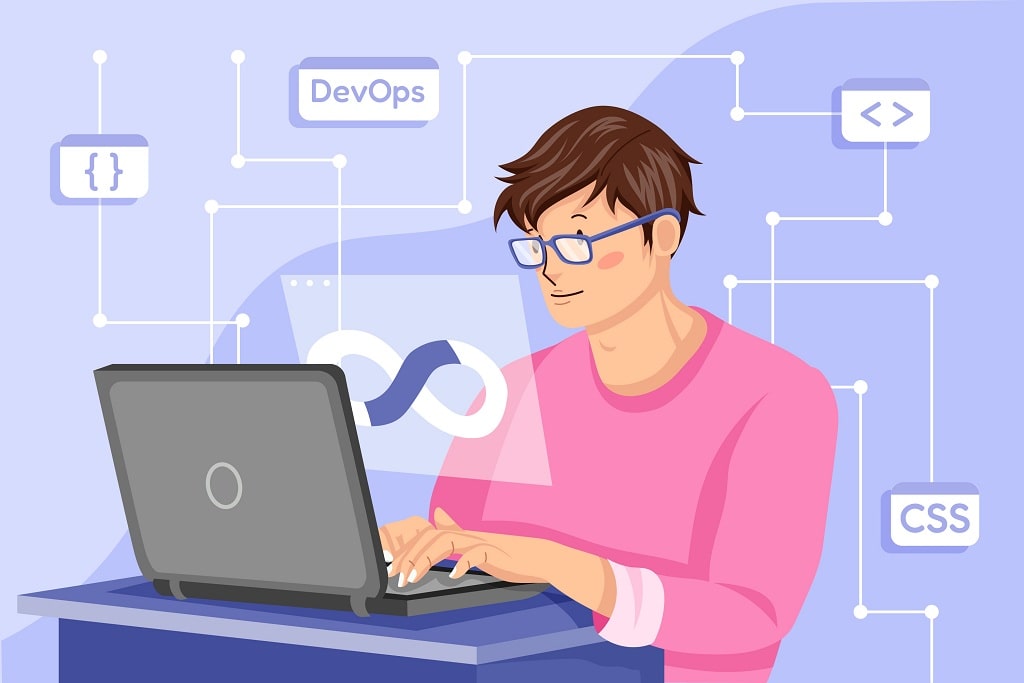Get to know the ten most popular Java platforms for the year 2024 better!
These tools give writers all over the world more power by giving them already-made components. This makes their code more effective and saves them a lot of time.
Java is a reliable and widely used computer language that lets software, mobile apps, and web apps work together on a number of different devices.
Checking out our blog is something we recommend you do to speed up your growth and stay ahead of the competition in the field of custom Java application development, which is always changing.
10 Best Java frameworks for web developers
With the best Java tools, you can easily find your way around the world of web creation. Use strong tools to improve your projects and stay ahead in the game of code.

#1. Spring Framework:
Pivotal Software created and released the Spring Framework in June 2003 under the Apache License 2.0.
Using the Spring Framework, Java developers can build enterprise-level applications by utilizing pre-built components and using object-oriented programming methodologies to solve real-life problems.
Spring Framework capabilities
- Web Application Development
- Micro services Architecture
- Integration with Spring Ecosystem
- DevOps and Cloud-Native Applications
- Rapid Prototyping and Development
Also Read: The role of Java Development Company in building customized business applications
#2. Hibernate Framework:
Red Hat developed and released Hibernate on May 23, 2001. It is basically a mapping tool that uses an object-relational model to enhance Java’s capabilities. Using this framework, we can map an object-oriented domain model to any relational database.
Hibernate Framework capabilities
- Object-Relational Mapping (ORM):
- Automatic Table Generation and Schema Management:
- Lazy Loading and Eager Loading:
- Caching Mechanisms:
- Transaction Management:
Also Read: Business Benefits of Trusted Java Development Company
#3. Apache Struts:
It is the most widely used open-source web application framework for developing Java Enterprise Edition web-based applications. It extends the Java servlet API to use the MVC architecture to handle model, view, and controller independently.
Apache Struts Capabilities
- Model-View-Controller (MVC) Architecture:
- Form Handling and Validation:
- Tag Libraries and JSP Integration:
- Interceptor-Based Request Processing:
- Built-in Support for Internationalization (i18n):
Also Read: When should I Migrate from one Java Framework to another
#4. Vaadin Framework:
Vaadin is the most recently developed Java framework that allows developers to create web applications in Java with the help of rich sets of UI components that have responsive interfaces.
Vaadin Framework capabilities
- Component-Based Architecture
- Java-Centric Development
- Rich Set of UI Components
- Server-Side Rendering and Event Handling
- Responsive Design and Theming
- Data Binding and Integration with Data Sources
Read: 9 Pointers for Hiring Java Engineers
#5. Play Framework:
Play Framework is a reactive and lightweight web framework for Java web developers that enables them to build fast web applications with real-time capabilities. It supports both Java and Scala, which makes it the most preferred and widely used framework for modernized Java application development projects.
Play Framework capabilities
- Component-Based Architecture
- Java-Centric Development
- Rich Set of UI Components
- Server-Side Rendering and Event Handling
- Responsive Design and Theming
- Data Binding and Integration with Data Sources
#6. Apache Wicket:
Known for its simplicity and minimal configuration requirements, Apache Wicket focuses on a component-based approach. Java developers can make use of reusable UI components that reduce development efforts and time significantly. It fosters a clean and modular codebase for web developers.
Apache Wicket capabilities
- Component-Based Development
- POJO (Plain Old Java Object) Programming Model
- Stateful Web Applications
- Form Handling and Data Binding
- URL Mapping and Bookmarkable Pages
#7. Grails Framework:
Grail is basically built on the foundation of spring boot and groovy. It is a convention-over-configuration model framework that emphasizes a developer-friendly environment and makes use of conventions that are easy to use and understand. It helps in building rapid application development that has high performance and accuracy.
Grails Framework Capabilities
- Convention over configuration:
- Rapid Application Development (RAD):
- Integration with Spring Boot:
- Groovy Language Support:
- GORM (Grails Object-Relational Mapping):
#8. Dropwizard Framework:
Tailored for building high-performance, RESTful web services, Dropwizard simplifies the development of production-ready applications. Its bundled components, including Jetty and Jackson, enhance developers’ ability to create scalable APIs.
Dropwizard Framework capabilities:
- Convention over Configuration
- Rapid Application Development (RAD)
- Integration with Spring Boot
- Groovy Language Support
- GORM (Grails Object-Relational Mapping)
#9. Micronaut:
With a focus on low memory usage and fast startup times, Micronaut is a lightweight and modular framework. Ideal for microservice architecture, it supports Java, Groovy, and Kotlin, offering flexibility to developers.
Micronaut framework capabilities
- Low Memory Footprint and Fast Startup
- Native Image Compilation
- Built-in Dependency Injection
- Support for Multiple Languages
- Cloud-Native Features
- Reactive Programming Support
#10. Lagom Framework:
Positioned as a reactive microservices framework, Lagom simplifies the creation of distributed systems. Its opinionated approach and built-in support for event sourcing and CQRS make it a compelling choice for building resilient and scalable applications.
Lagom Framework capabilities
- Reactive Micro services Architecture
- Event Sourcing and CQRS
- Service API and Message-Driven Communication
- Service Discovery and Circuit Breakers
- Development and Deployment Tooling
- Persistence API and Integration with Akka
The Java framework helps us to complete the Java development projects in less time by giving the developers freedom to use built-in components, which saves their efforts and time to write code from scratch.
The selection of the Java framework should be done as per the scope of the Java development projects. All the above-mentioned Java frameworks have some key notable features that enable them to develop high-performance web-based applications that fulfill unique business requirements.
Java applications that are built on Java frameworks have excellent user interfaces, are mobile-friendly, and are easy to navigate.
Things to consider while choosing the java framework for development projects
A Java development company has a dedicated team of expert Java developers, professional Java programmers, and knowledgeable Java consultants who can help business owners build robust plans or strategies for Java development.
They gather information from their clients in the initial stage using one-on-one sessions and document the business requirements on a proper specification page. Then we decide the tools, framework, and technology to use for development projects that help in the rapid development and testing of applications.
To sum up, we must say that the selection of the right Java framework can help us complete the development project within the stipulated time. It is recommended that business leaders consult with expert Java development teams to discuss the modern and customized Java solutions that drive business growth and development.




